Meet GLENNA JENNINGS | Artist, Associate Professor of Photography and Social Practice, Community Engagement Director
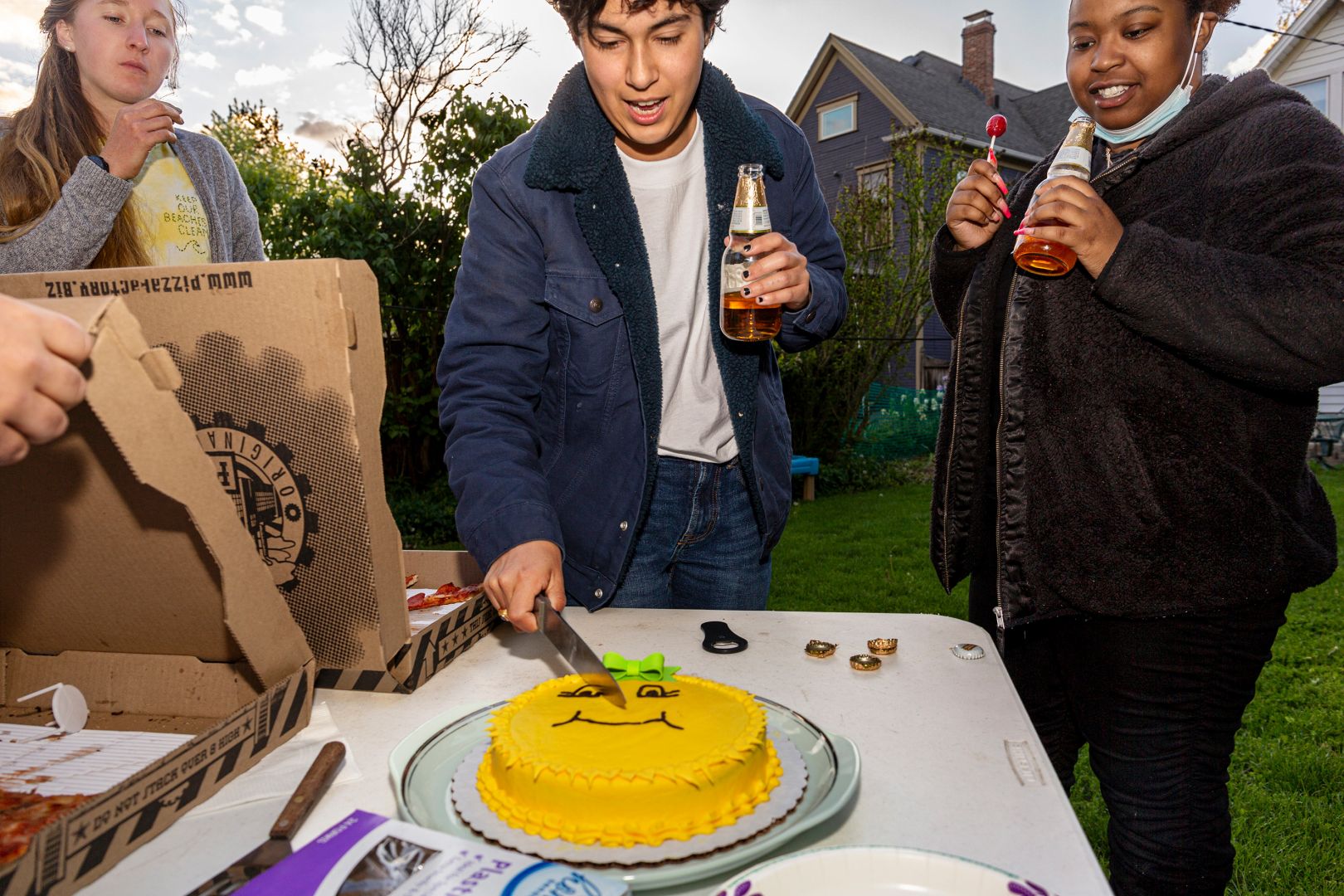

We had the good fortune of connecting with GLENNA JENNINGS and we’ve shared our conversation below.
Hi GLENNA, is there something you can share with us that those outside of the industry might not be aware of?
I am a professor, photographer, and socially-engaged artist, in no particular order. But it’s my latter role that can often be misunderstood. Art as Social Practice goes by that and other names, and even further definitions and applications. In general, socially-engaged practices involve people and communities in creative debate, collaboration or interaction. When people become the material for an art genre, a lot can go ethically and logistically wrong! But at its best, Socially Engaged Art (SEA) works towards long term, reciprocal relationships within communities to address common needs through creative acts of change, disruption or awareness-building. Since this can look more like activism than art, some are unaware that artists, and not just political activists and social workers, can be involved in multiple facets of community work.
Here I am “shouting out” about At Table, a long-term post-documentary photo series that doesn’t overtly fall into the category of SEA. At Table documents people dining and drinking together in spaces scattered throughout the globe. While quite a bit of documentary work bears witness to narratives of trauma or conflict, At Table turns a lens on moments of joy and togetherness. For over a decade, I have captured humans – and quite often animals – connecting among full or empty plates, sleek or homey tablecloths, banal or potent beverages – basically, the messy contingencies of culinary life. The series has gained recognition through awards and exhibitions in sites throughout North America, Europe and Asia. However, I am most inspired when I can mobilize the work close to my current home in Dayton, Ohio, just one of the many cities in our nation with rampant “food deserts” – defined as both rural and urban areas in which affordable, nutritious, culturally appropriate food is not easily accessible. My colleagues in the fields of food justice and sovereignty often refer to this as “food apartheid,” because, unlike a desert, lack of access is not a geographic feature. Rather, food desserts are the unnatural result of harmful practices like redlining, gentrification and systemic racism. Within our local community, in places like the member-owned grocery cooperative Gem City Market, and The University of Dayton, I have created At Table programming and happenings for which the imagery serves as a backdrop for active conversations around food justice and social change.
At Table has been both celebrated and critiqued for its adjacent social justice agenda. However, I find that, at very least, the work can help raise awareness of both food insecurity in particular and socially-engaged art in general. And I get to sit down to eat and drink in amazing places with a lot of really cool people!
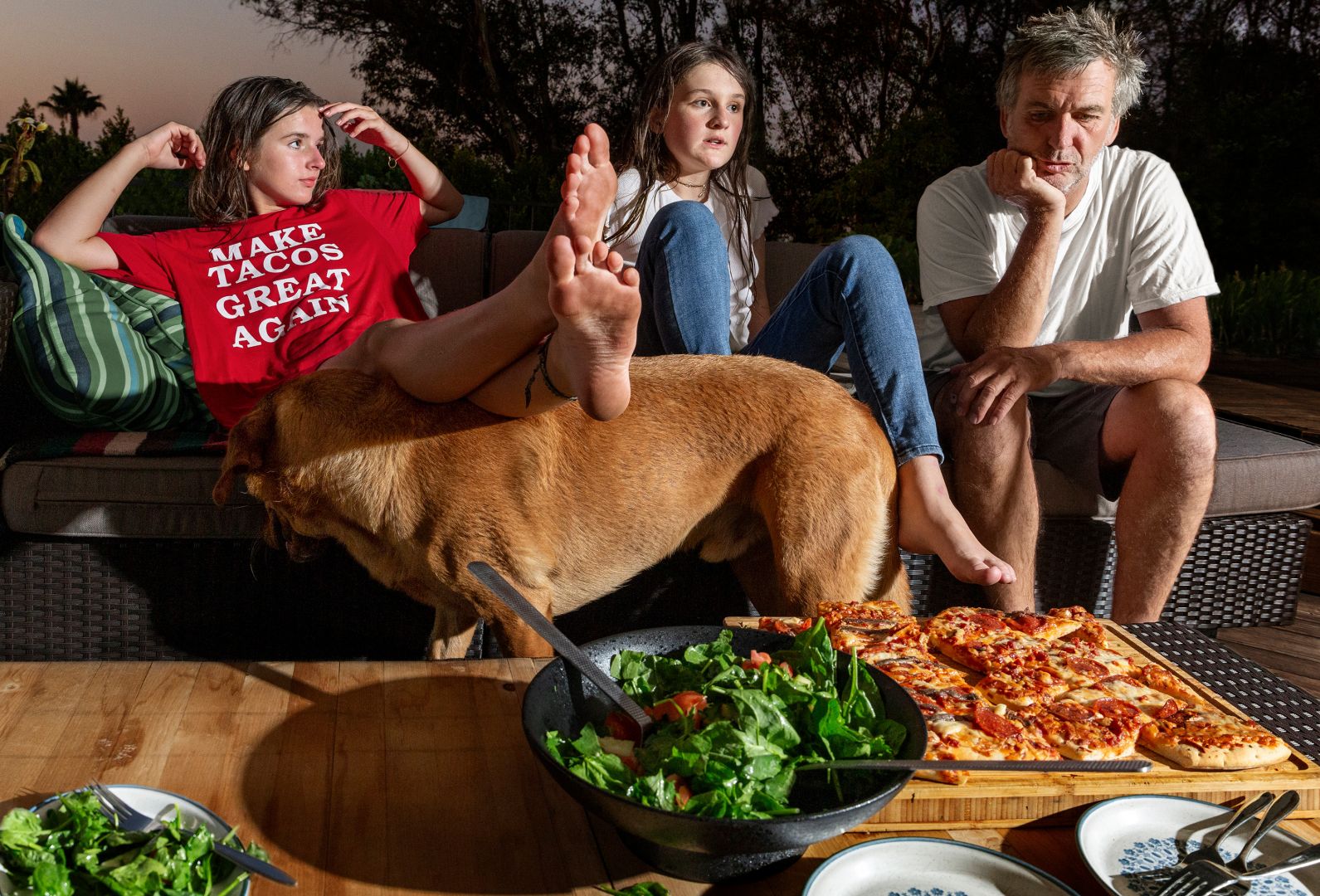
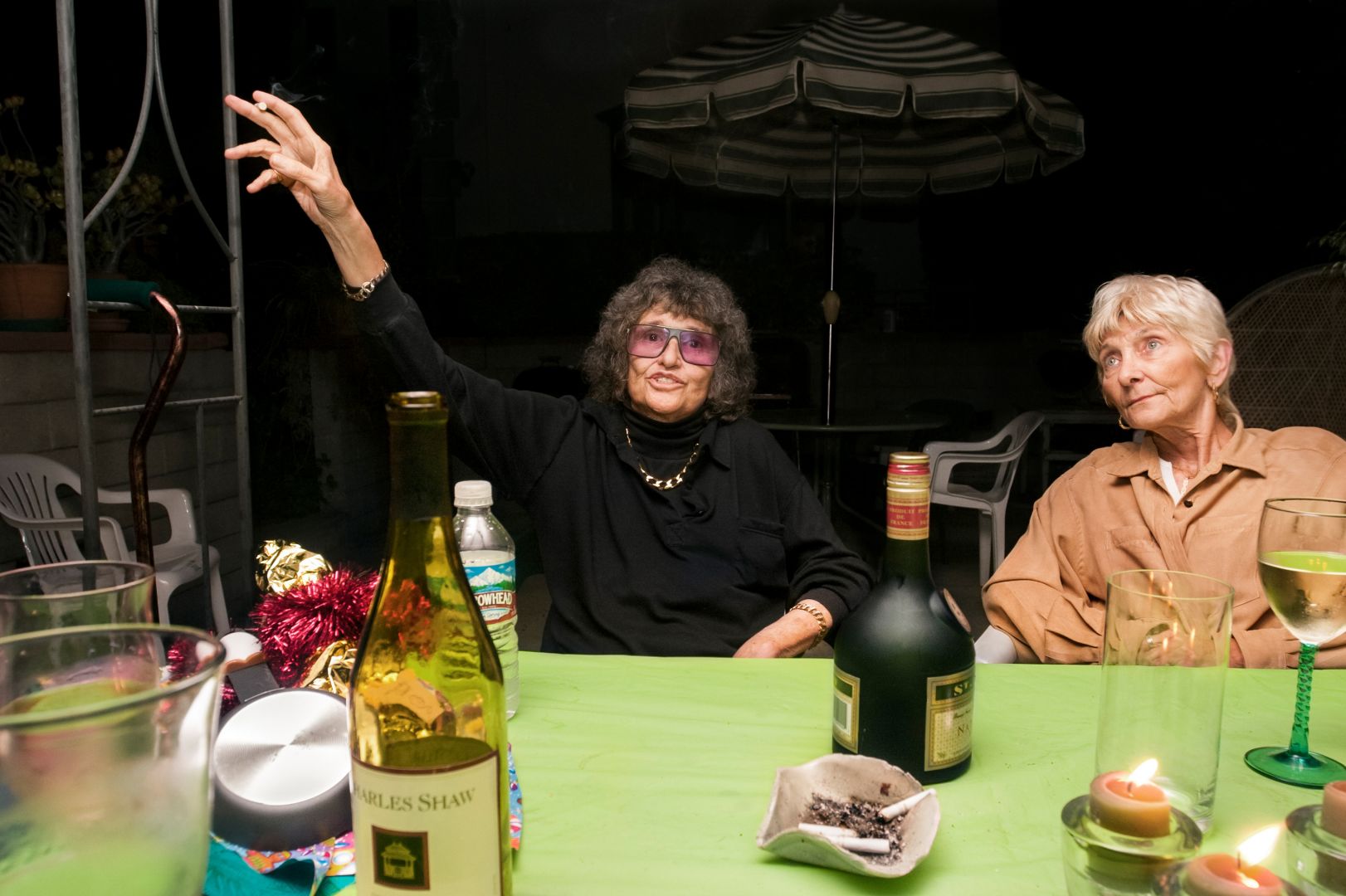
Can you open up a bit about your work and career? We’re big fans and we’d love for our community to learn more about your work.
A green and white plastic houndstooth TV Tray is my earliest memory of dinner time. As an only child in a (mostly) single-parent household, my mom and I often enjoyed homemade chicken and dumplings or endured Swansons frozen dinners alongside primetime television. This memory is punctuated by special occasions when a leaf enlarged the dining room table for holiday gatherings. But for much of my youth, I longed for siblings and further company. As a child, I vividly recall drifting off to sleep while imagining an ever-growing family, a configuration composed of people from multiple ethnicities speaking different languages assembling on a stage for a group photograph. When my father gifted me an SLR camera in the 4th grade, I soon found myself photographing friends and pets and school dances, moving on to become the “archivist” of my social groups. I did not think of these documents as artistic at that time. I believed my images had to be pre-visualized and carefully orchestrated in order to serve the supposedly higher realm of Fine Art. After returning to school following a career teaching English as a Second or Other Language in the USA, Colombia and the Czech Republic, I initially envisioned working as a commercial photographer. However, that ended up not jibing with my own cognitive way of learning and doing, which demanded a dynamic agenda that could somehow blend creative practice and lifelong learning with my growing socio-political concerns.
During graduate school at UC San Diego, my work coupled critical theory with purposeful play, and At Table was just a side project, often deemed too intellectually light for serious contemplation. I continued teaching ESOL to pay the bills, and frequently did editorial and commissioned photography. But my primary goal was tenure-line position within a solid art program. Since MFA programs hope to produce art stars, teaching as a central ambition was not particularly encouraged. However, many of my peers, professors and mentors shared my interest in socially-motivated work, and joined me in directing and curating the artist-run gallery compactspace LA, founded in Berlin and operating in downtown Los Angeles on and off from 2003-2010. This venue provided opportunities to create alongside artists and educators from across Southern California, and it stoked my passion for working collaboratively rather than competitively. When I finally did land a tenure-track position, I had to leave my beloved Southern (and Baja) California behind. But I took with me this spirit of social engagement, and the University of Dayton, along with its surrounding city, helped me realize a mode of collaboration in which celebration of the individual artist is a non-sustainable mode of cultural exclusion: basically, we need each other, and there is room for everyone!
Over the past decade, I have been able to form deeper questions about kinship, citizenship and belonging while designing the university’s first course on art and social practice and co-founding our ongoing food justice project Dinner in the Desert Kitchen. DDK uses both student and professional art, performance, photography, ceramics and other multi-media works to raise awareness about systemic inequities and benefit local food-related non-profits, BIPOC-owned businesses, and mom and pop shops through art sales and pro bono creative work.
To sum up life lessons, I return to that lonely, clunky TV tray, where I often sat in isolation with a sad hunk of meatloaf. Through my journeys to multiple tables, I have learned that we can both love our ancestors and choose a family beyond bloodlines. I have learned that “the one” cannot thrive unless “the many” can truly flourish, and that – as the reportedly African proverb states – if you want to go fast, go alone; if you want to go far, go together. These lessons have definitely involved some gut punches that eventually woke me to another old adage: comparison is the thief of joy. In hyper-competitive fields of art, there will always be others with what you may perceive as more success. But in a hyper-competitive economy, sustenance and authentic connection are forms success. And, at least for me, local community engagement coupled with opportunities for cross-cultural travels and returns has helped my career go farther, though not always faster!
The many tables I’ve visited in my life, set up end to end, could now likely encircle, or better yet, create a small continent. While I still see the food system as deeply dysfunctional and acknowledge the racial, linguistic, economic and ableist privilege that has allowed me travel among so many tables, I have come to see the moments of togetherness found in At Table as important testimony to human connection within increasingly divisive times. For the sake of ourselves and the Earth that sustains us, we need spaces to get down on the same level and reckon with our basic humanity. Tables and floors and lawns and even bar stools can be pretty good places to start.
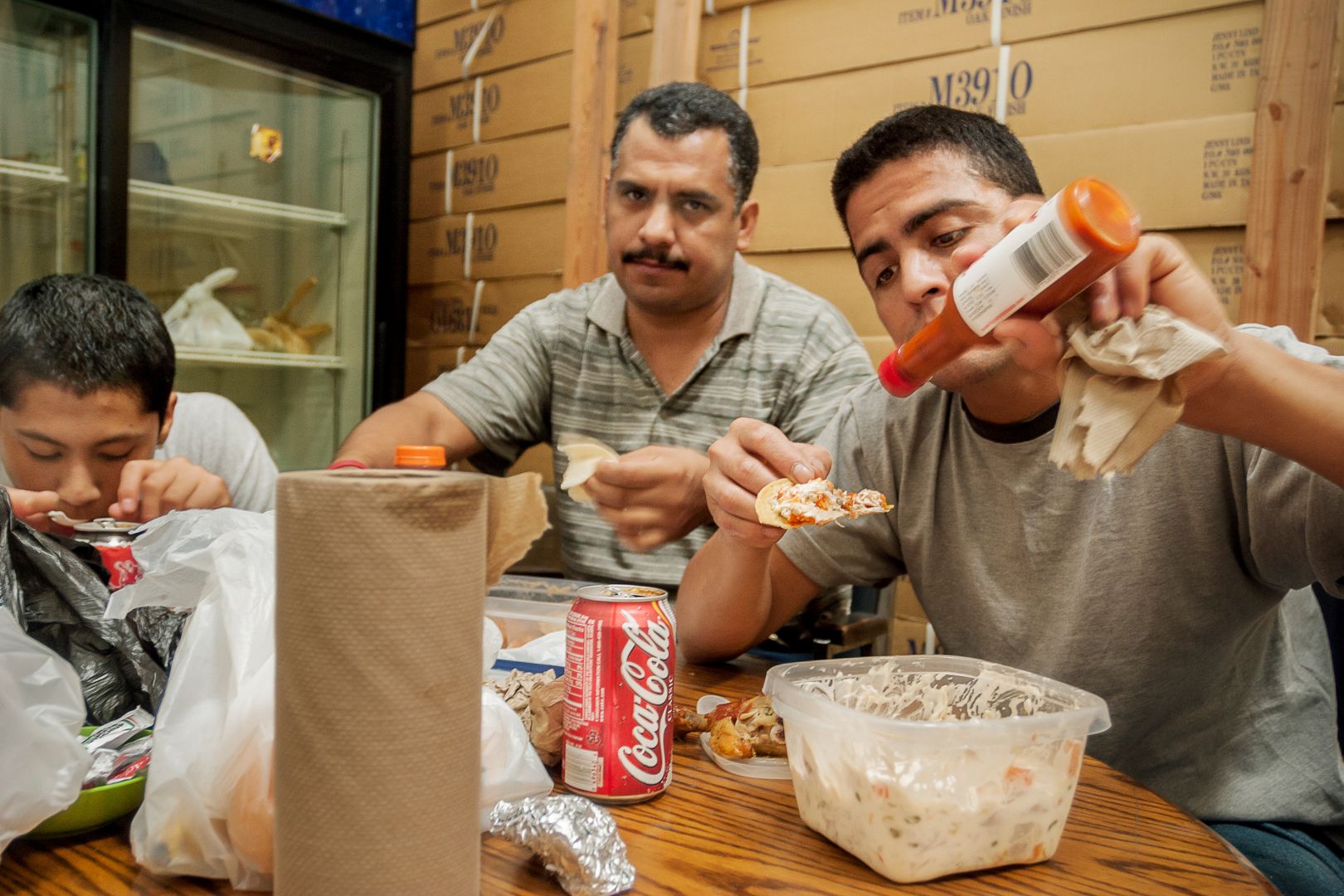
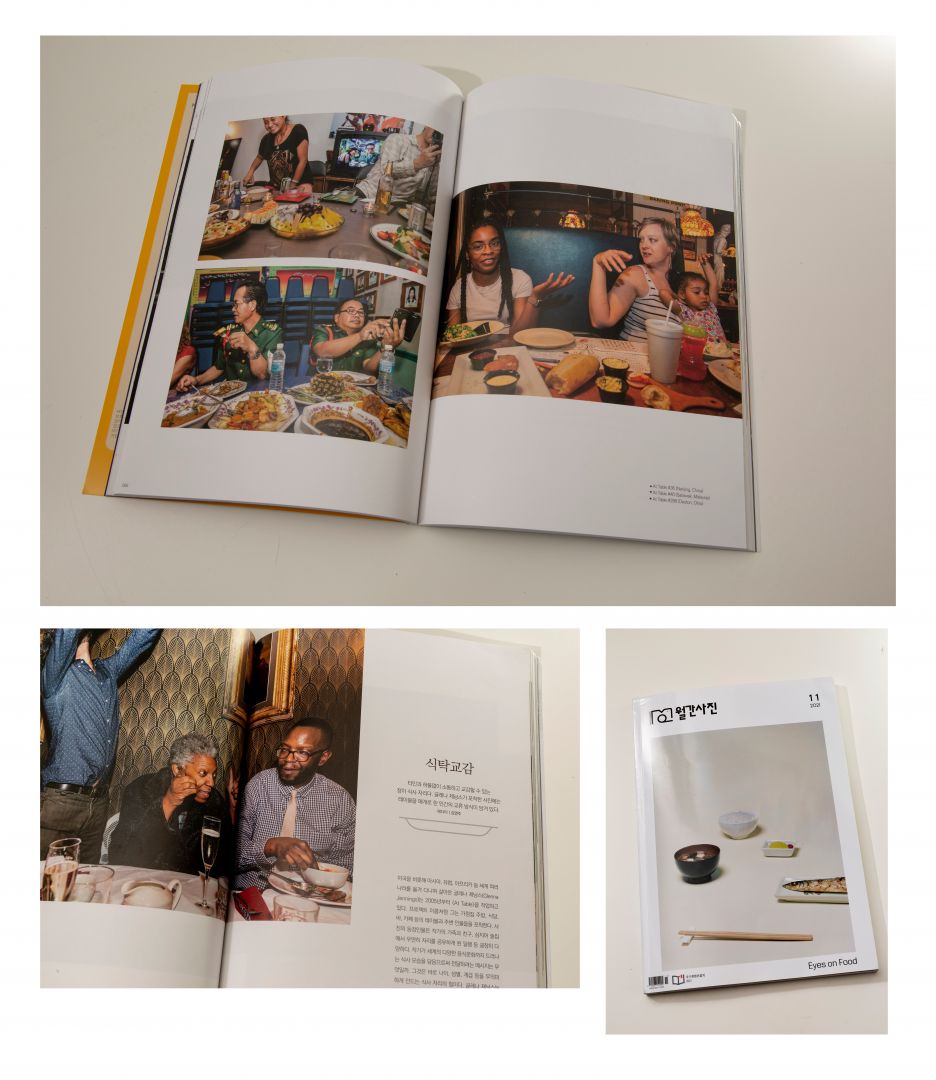
Any places to eat or things to do that you can share with our readers? If they have a friend visiting town, what are some spots they could take them to?
Calabasas, City of Industry, Downtown LA, East LA, Echo Park, Malibu, Manhattan Beach, Pasadena, Santa Monica, Silverlake, West Hollywood, Westwood, Venice Beach, Pico-Union – I think that sums up the somewhat eclectic list of LA places I’ve lived or worked over the decades! Ideally, I make it to LA a few times each year to get nostalgic in at least of few of these areas. But, sadly, the forces of gentrification, economic competition or the pandemic have seen more than one iconic haunt disappear in recent years – including WEHO’s Silver Spoon and downtown’s Nickel Diner, where I did get to enjoy a last breakfast in 2022. A combo of a few recent reunions with Angelenos offers up a hearty LA recipe: First, a chorizo con huevos breakfast burrito from a Silverlake or Echo Park taco truck before a stroll around Elysian Park. Then coffee in Little Tokyo downtown before a trip to MOCA Geffen and a stop by Night Gallery. Next, we take a right on N Grand, head to the onramp, merge onto the 110 and don’t stop until we get to LACMA Way (SNL’s The Californians reference intentional). There’s always something good to see at the Los Angeles County Museum of Art. This is followed by bibimbap and buchimgae (Korean pancakes!) in K-town and some later-night good trouble at Akbar on Sunset Blvd.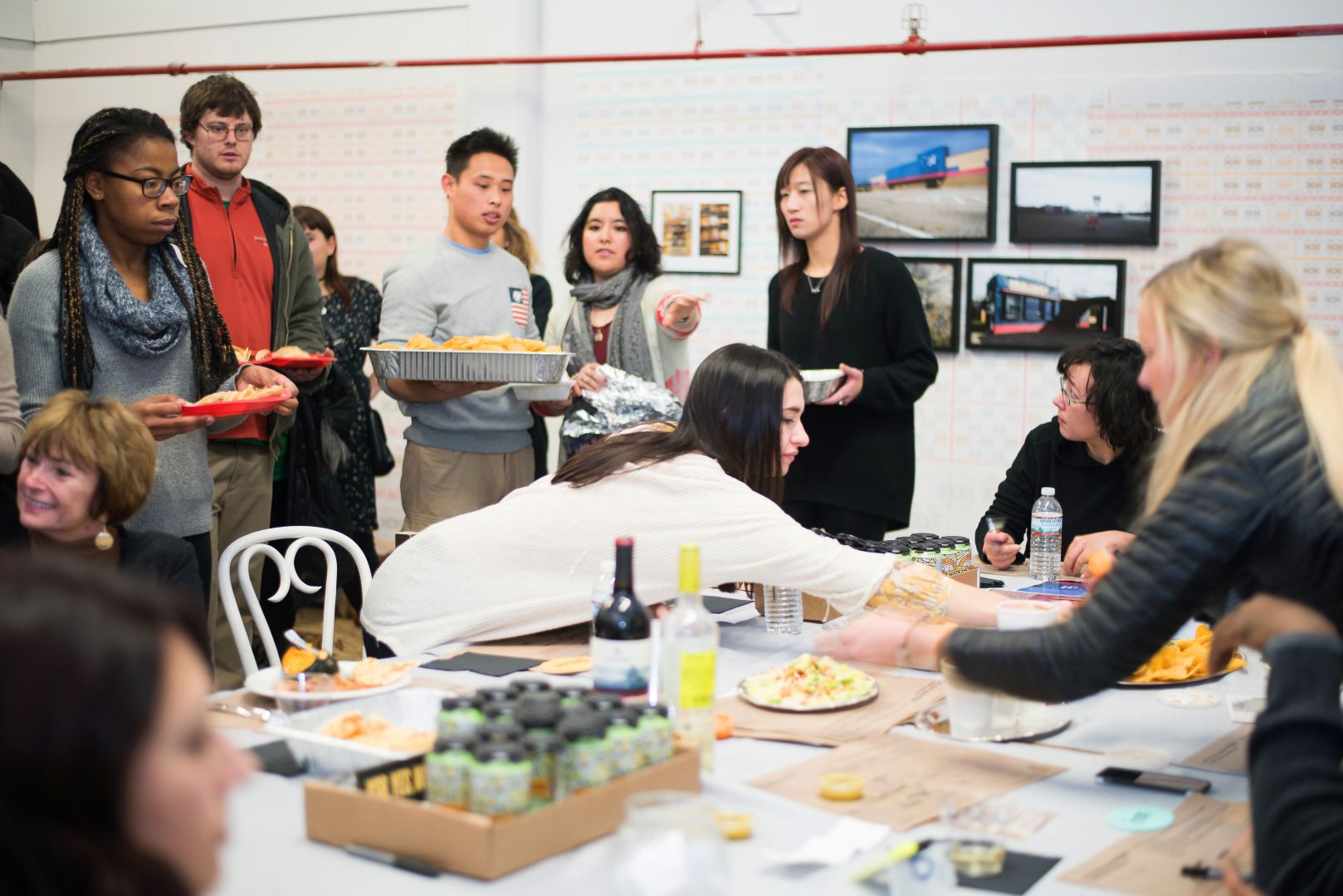
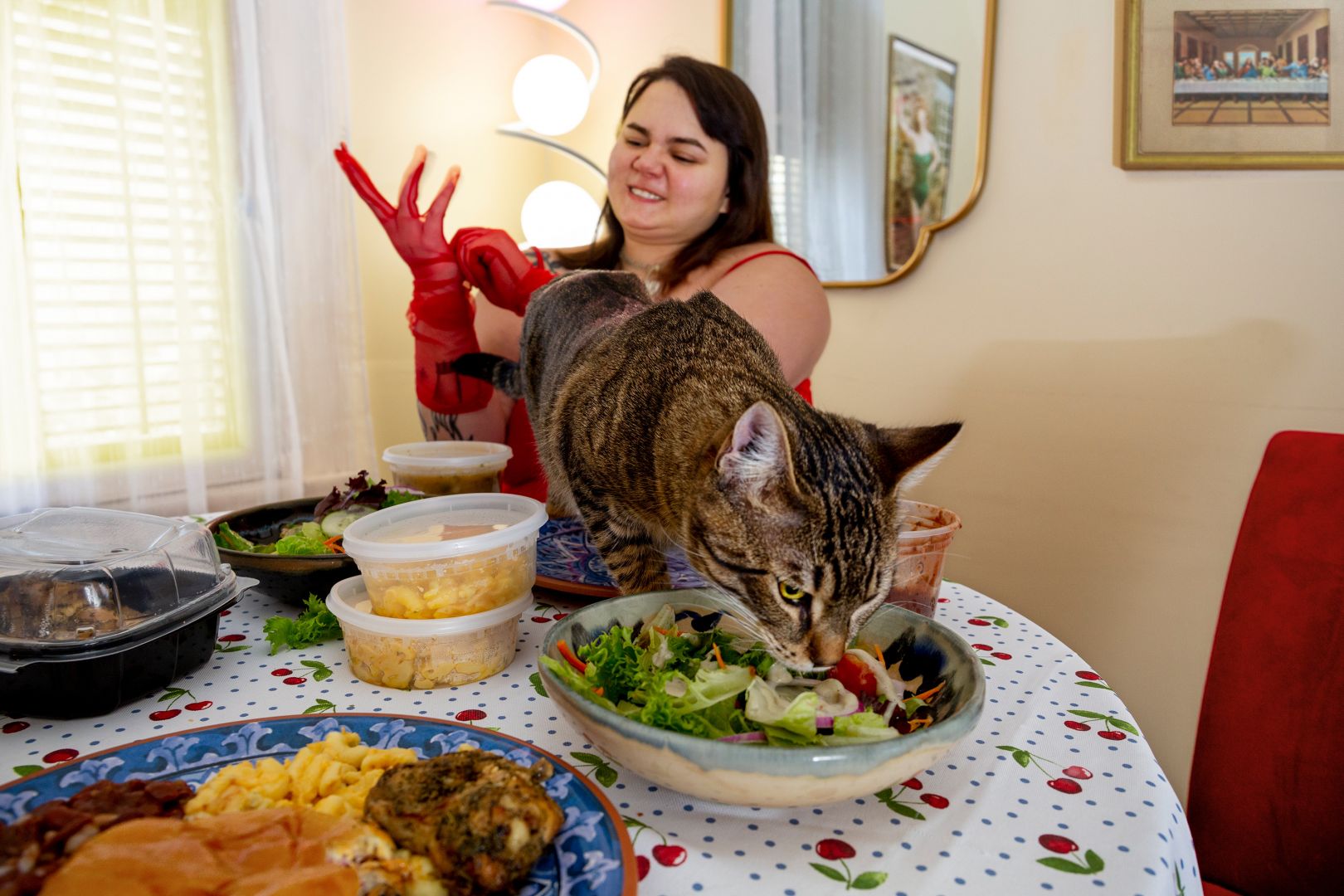
Who else deserves some credit and recognition?
My mentors, friends, family, colleagues and students from across the globe have been the greatest inspiration for me! I must also shout out to some SoCal places and people – Pepperdine University, Art Center College of Design and the University of California, San Diego (Shout outs to Brit Anderson, Amy Adler, Rubén Ortiz Torres and the late, great Dr. Lesley Stern!). These very differently dynamic spaces helped shape the multi-layered, creative life I lead today. Other sources of inspiration are my wonderfully irreverent mother and retired public school teacher Susan Jennings; my University of Dayton partners at the Department of Art and Design, The Hanley Sustainability Institute, and The Humans Rights Center; and my long-term community partners Gem City Market, CO-OP Dayton, The Collaboratory, Unified Power, The Dayton Foodbank, Dayton Regional Green, and Latinos Unidos en Dayton.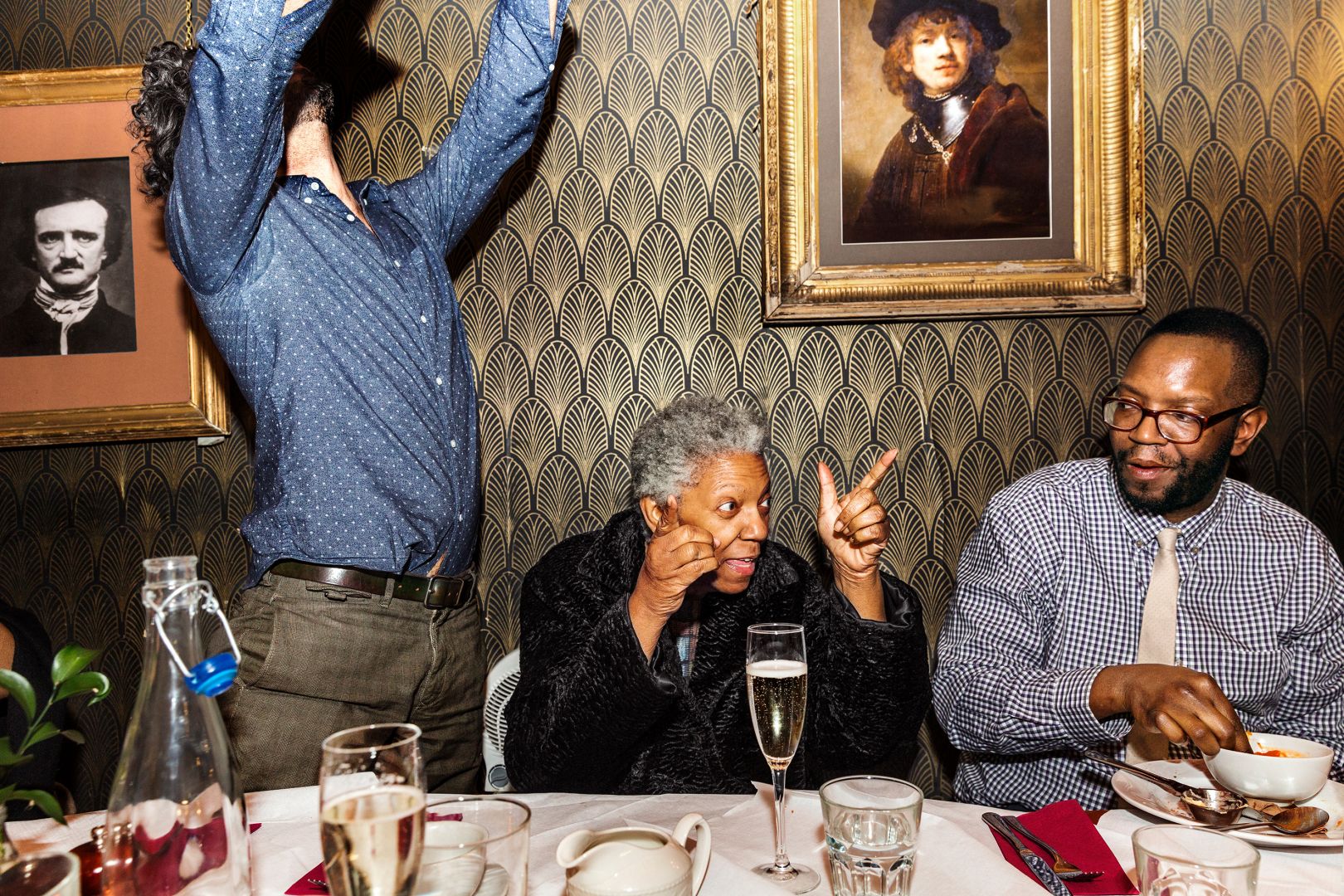
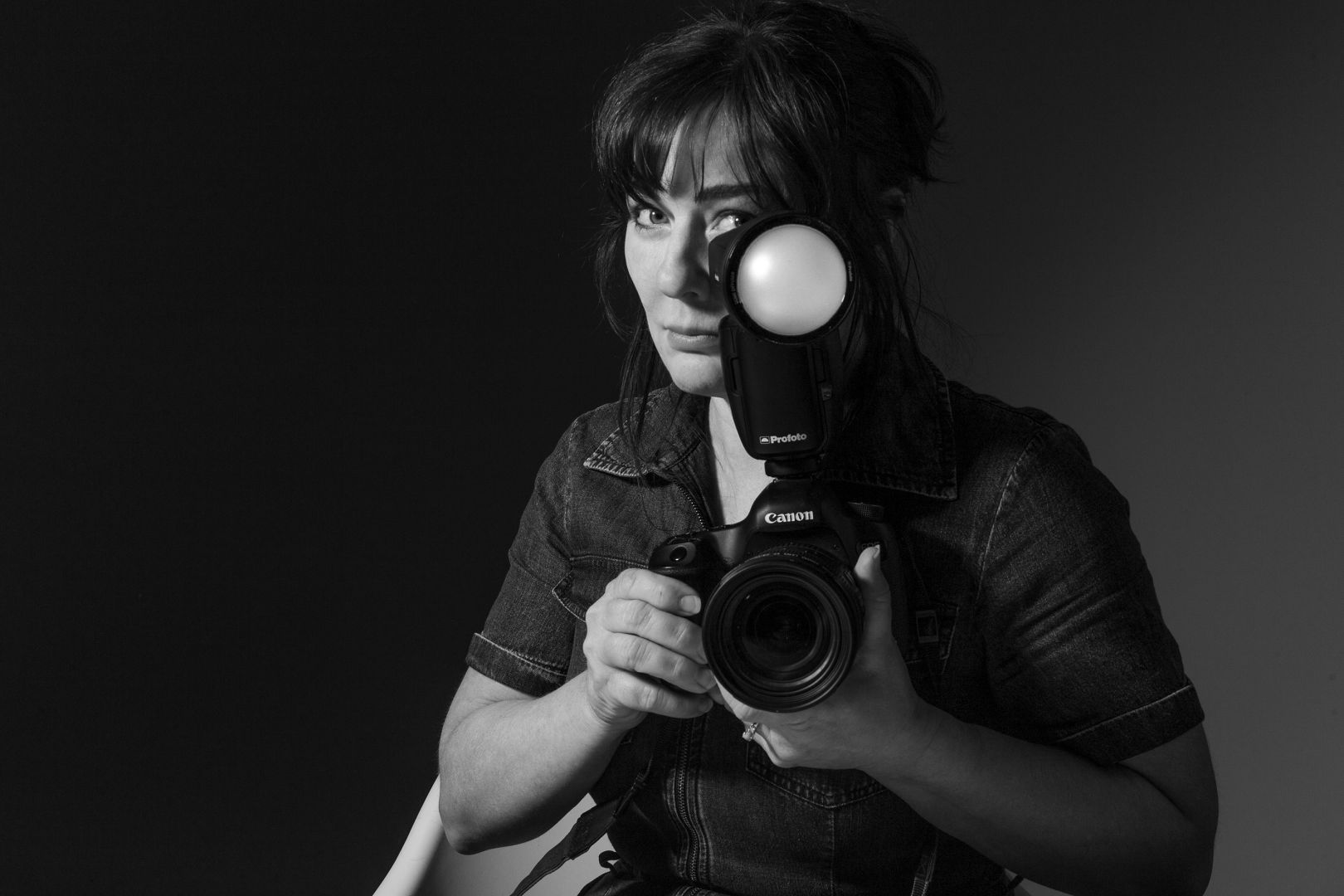
Website: https://www.glennajennings.com/
Instagram: @glenna_goes_places
Other: https://vimeo.com/735550276
Image Credits
Shon Curtis (headshot), Leigh Vukov (Dinner in the Desert Kitchen), Glenna Jennings (all others)
